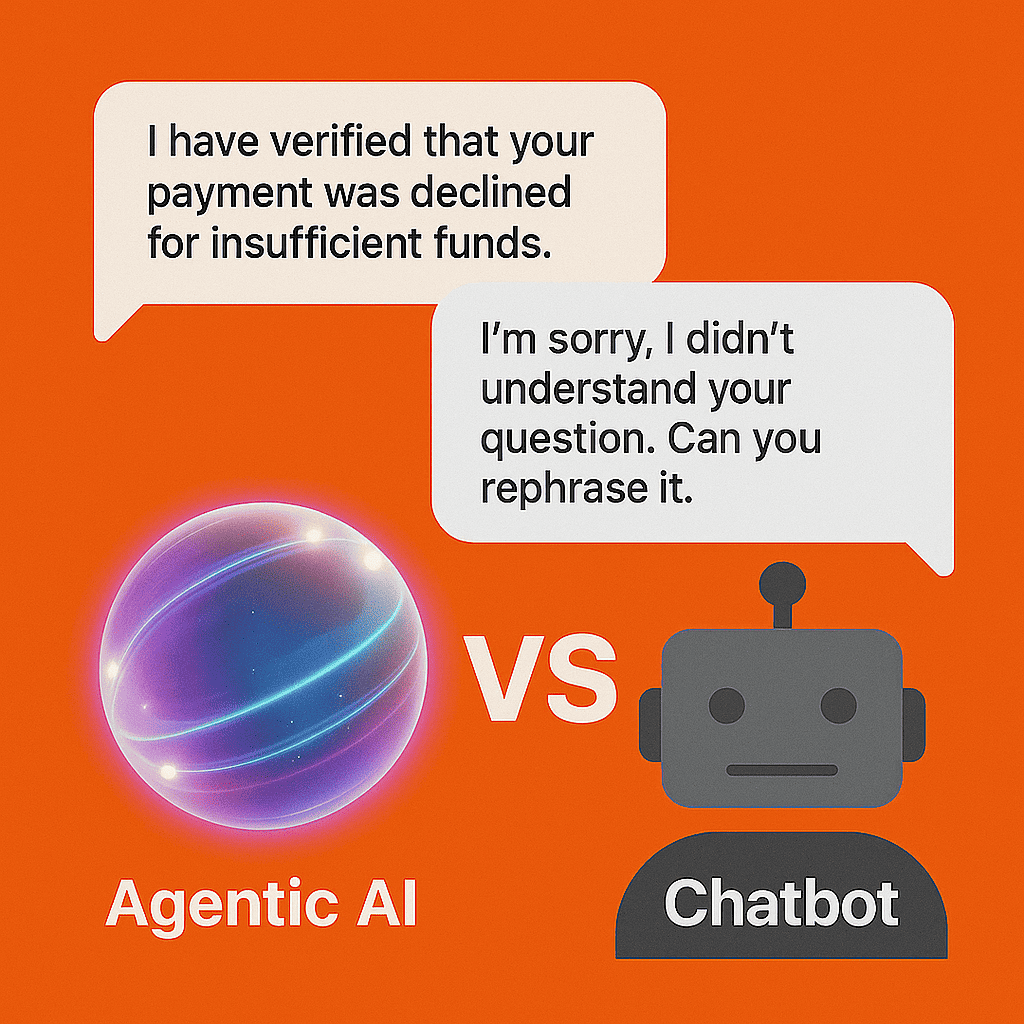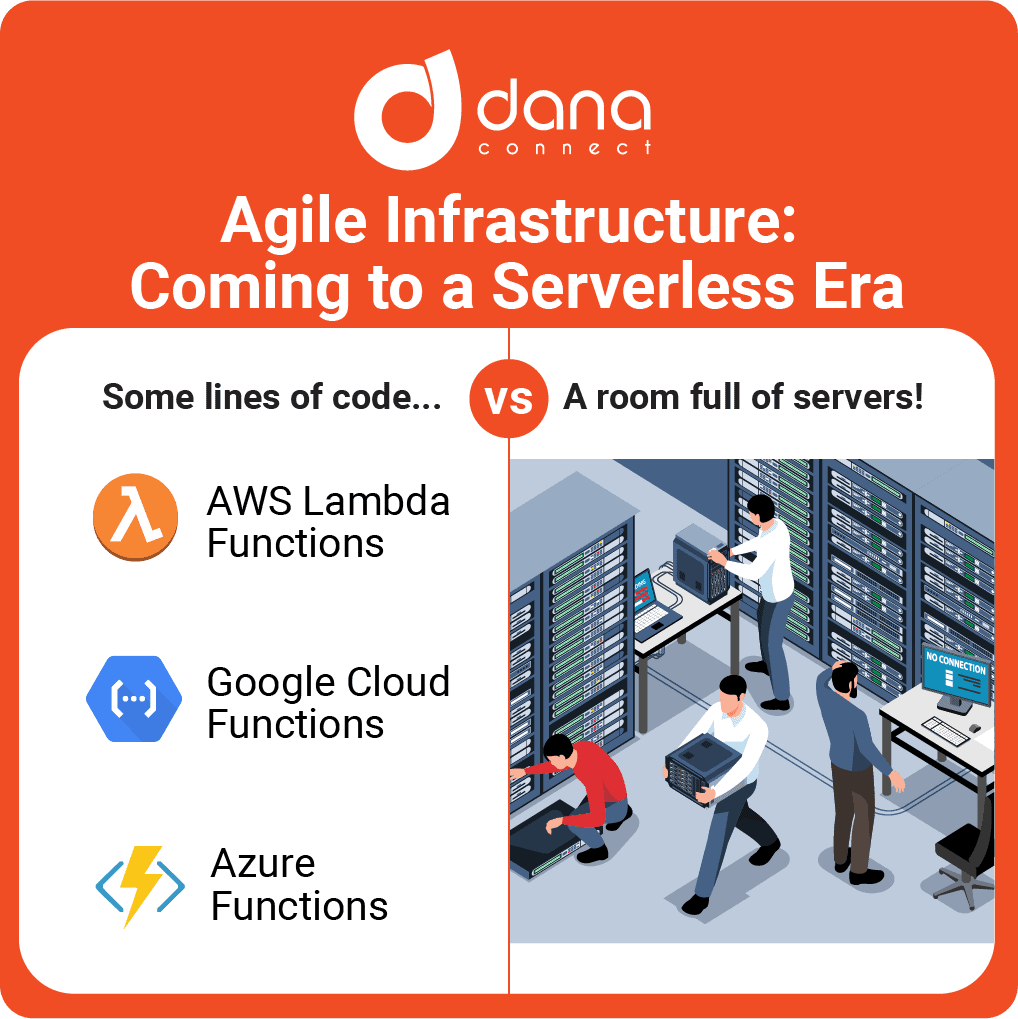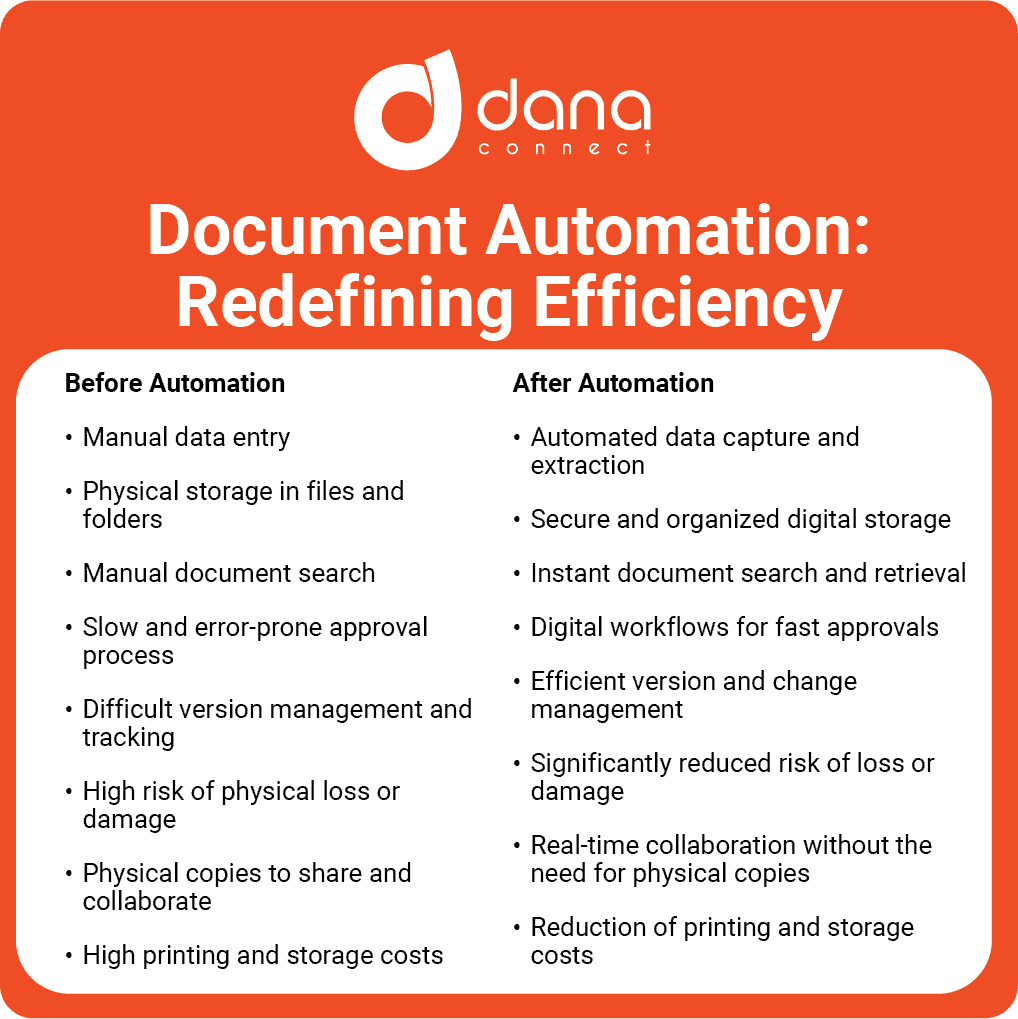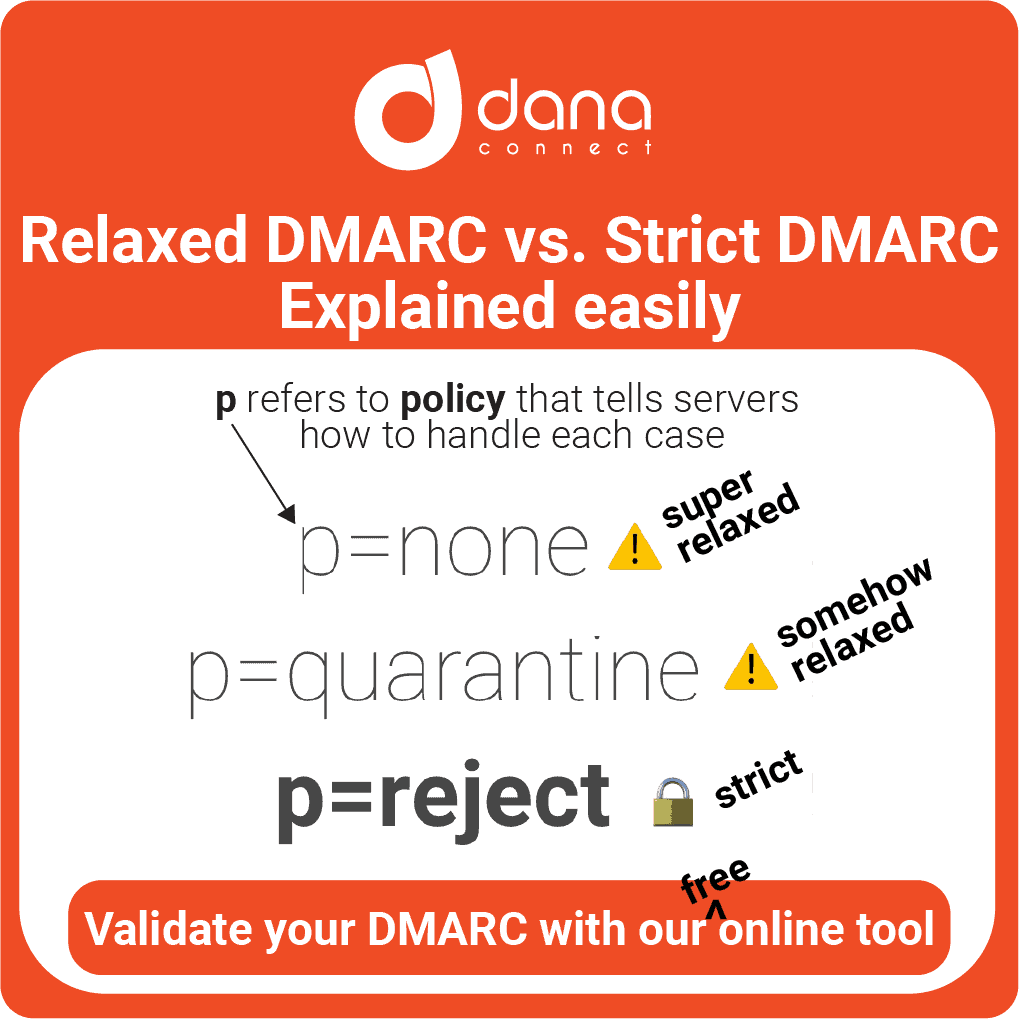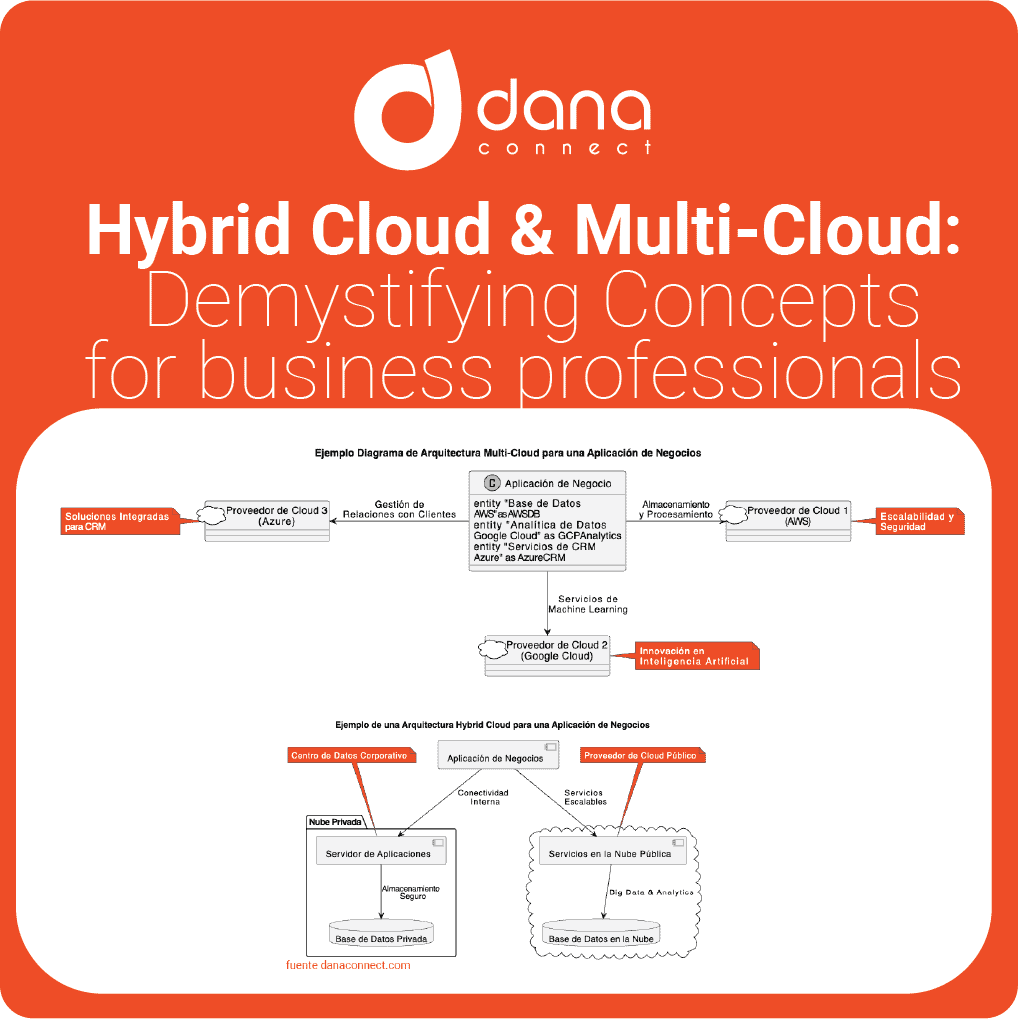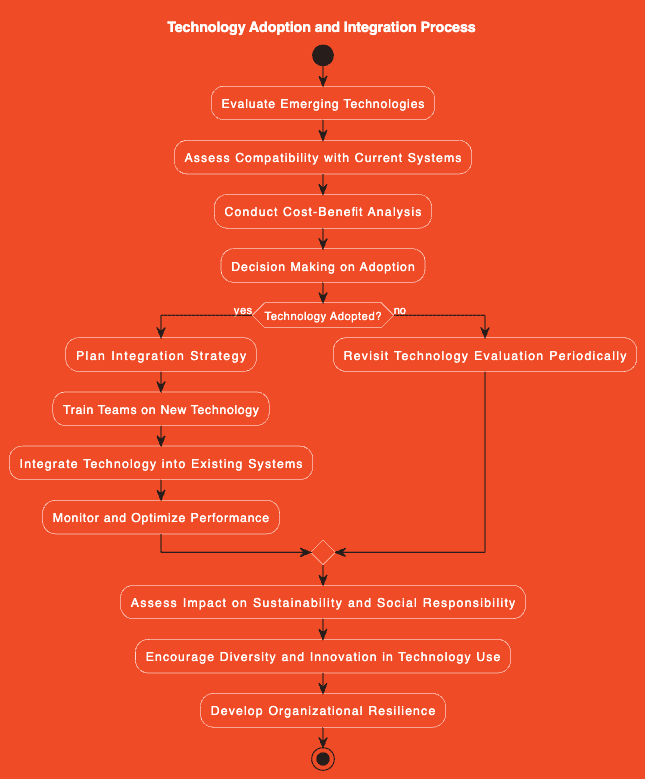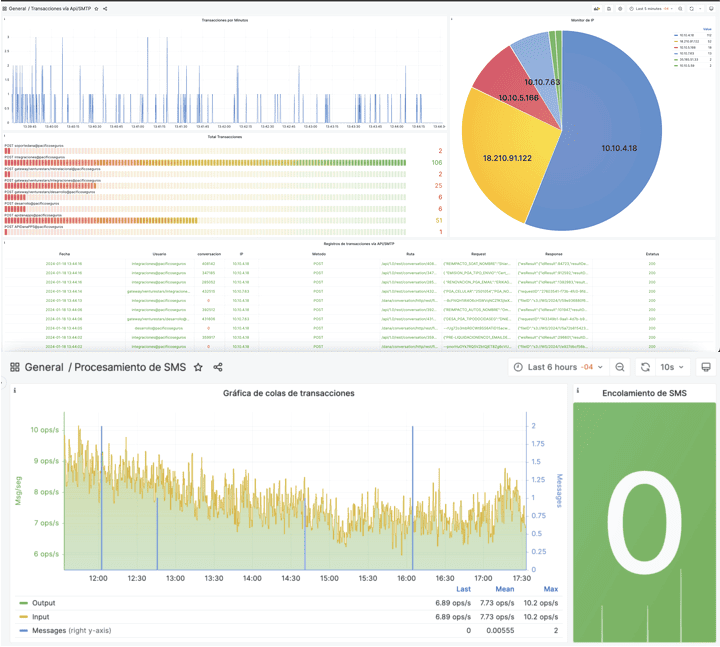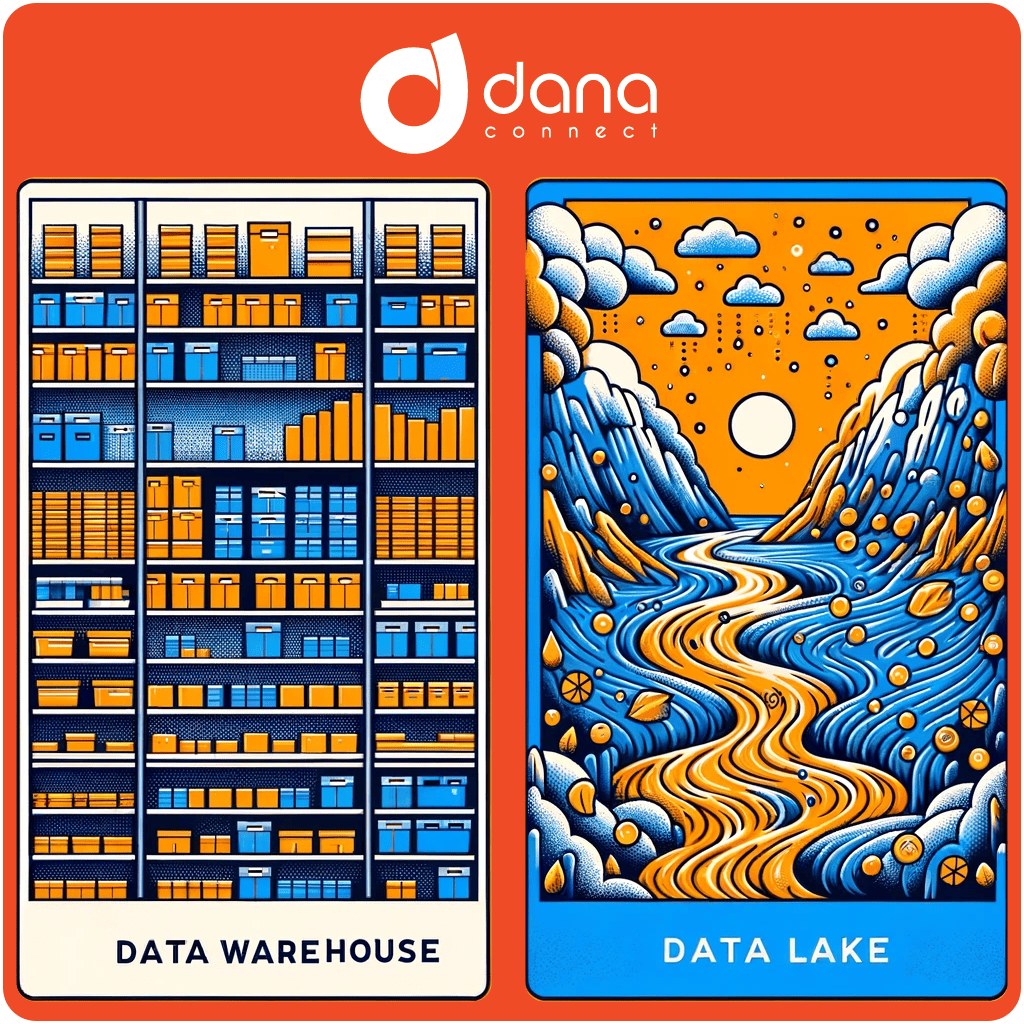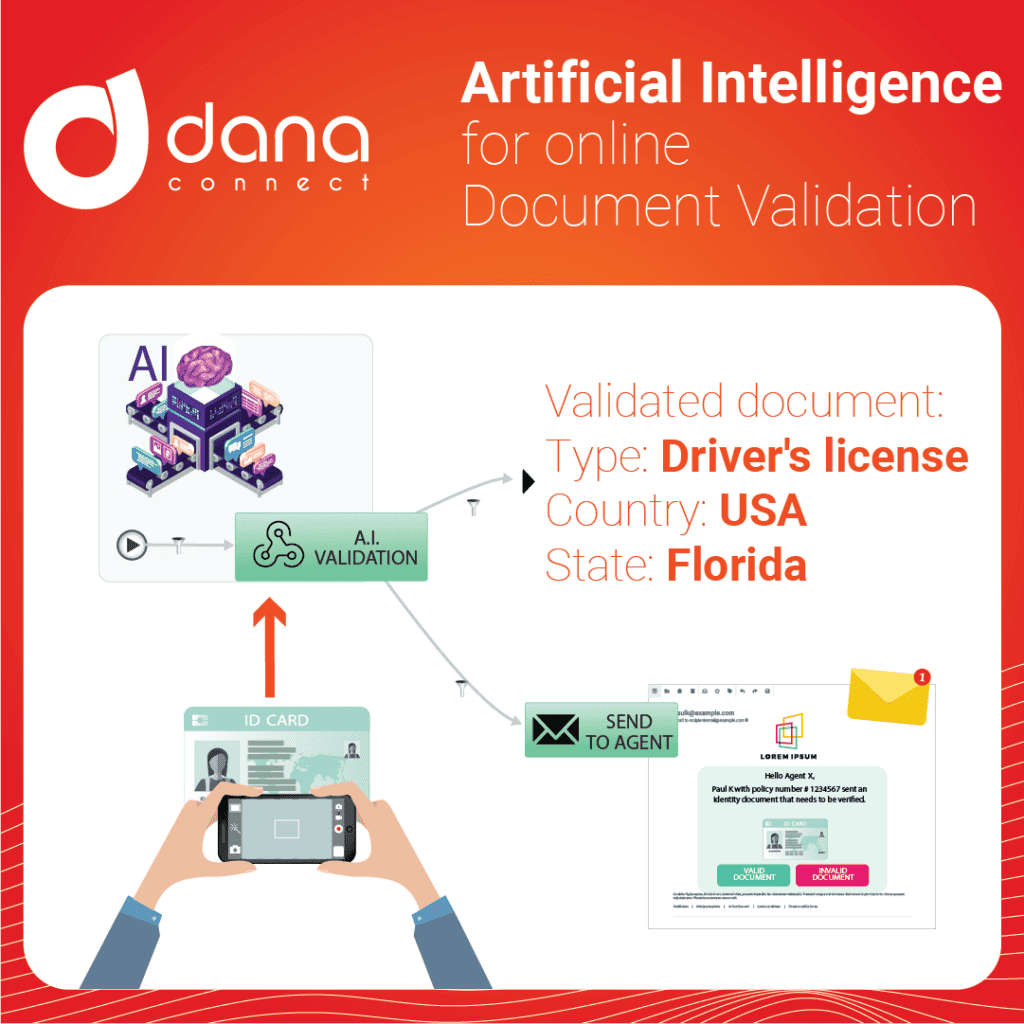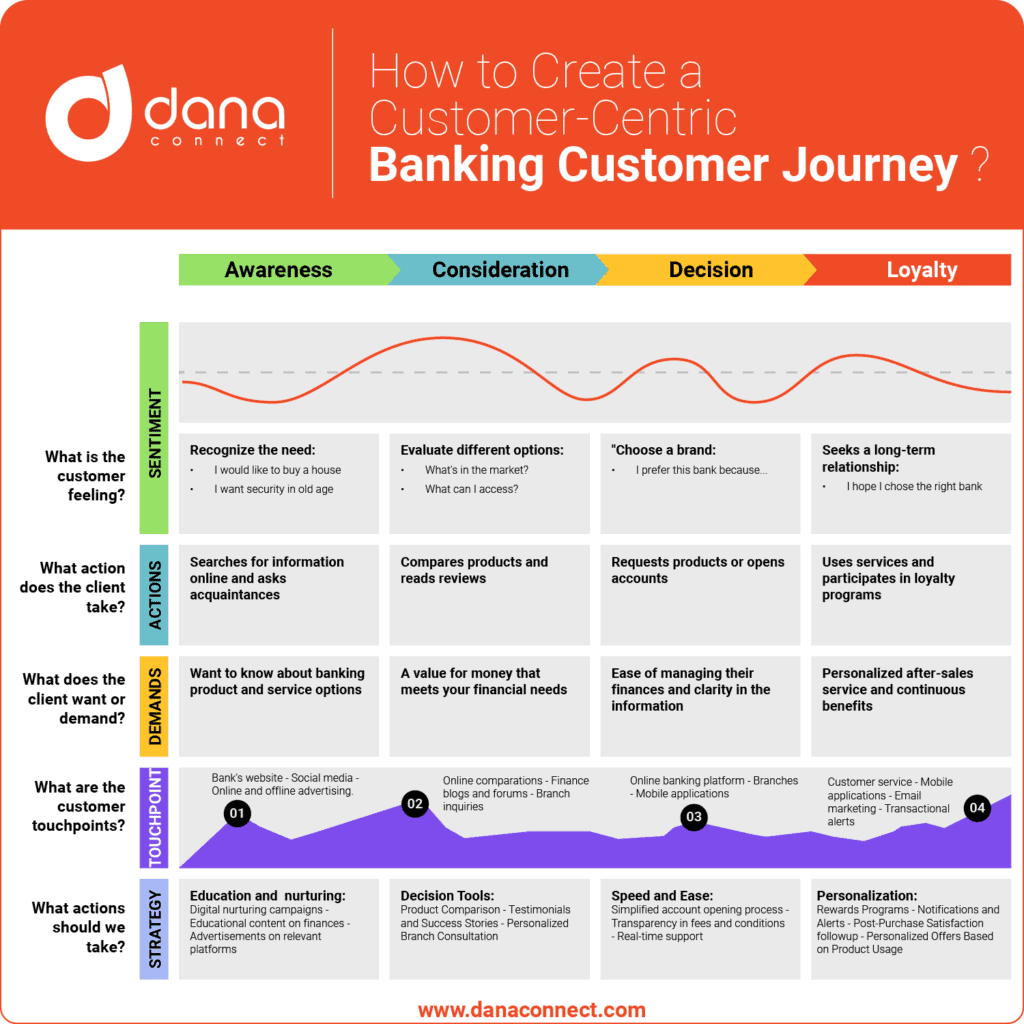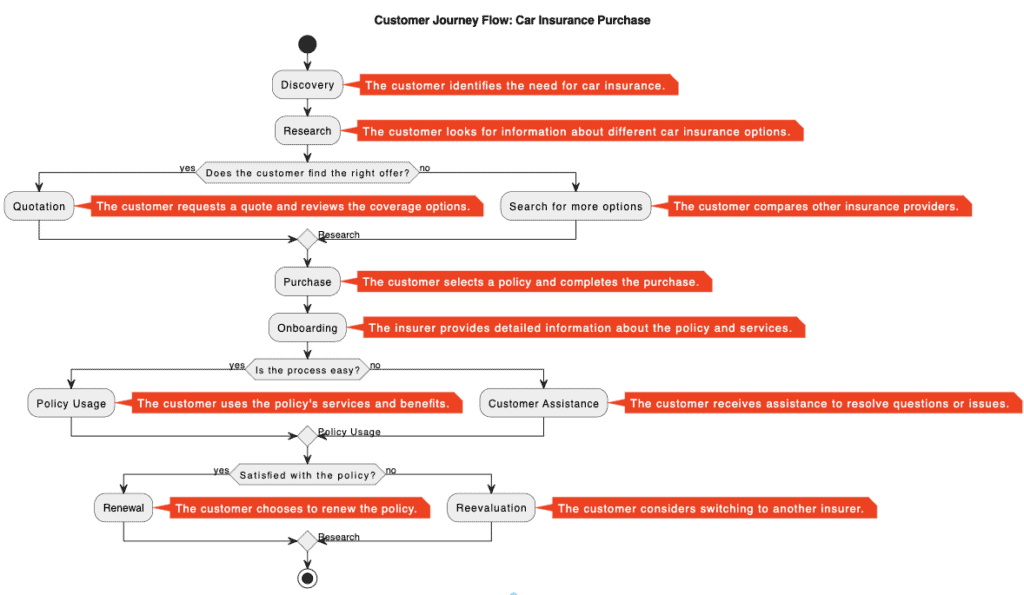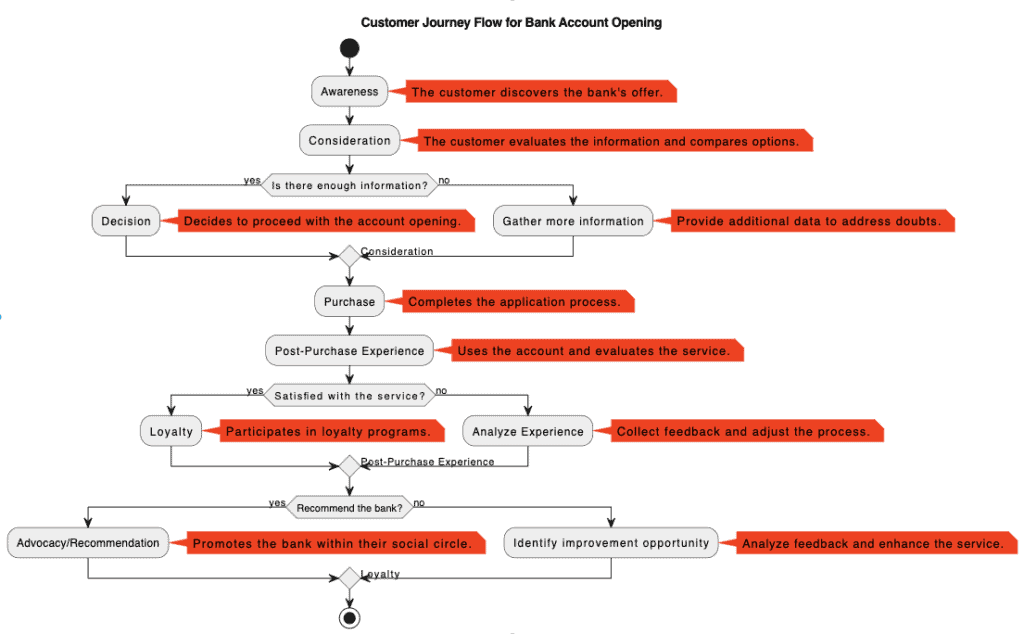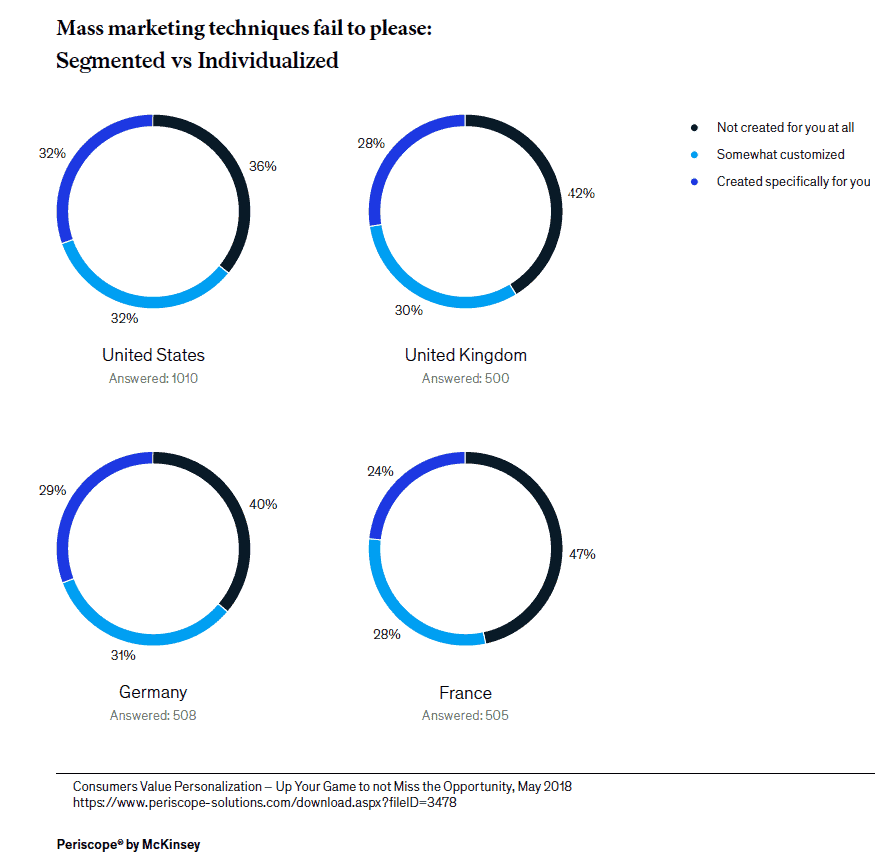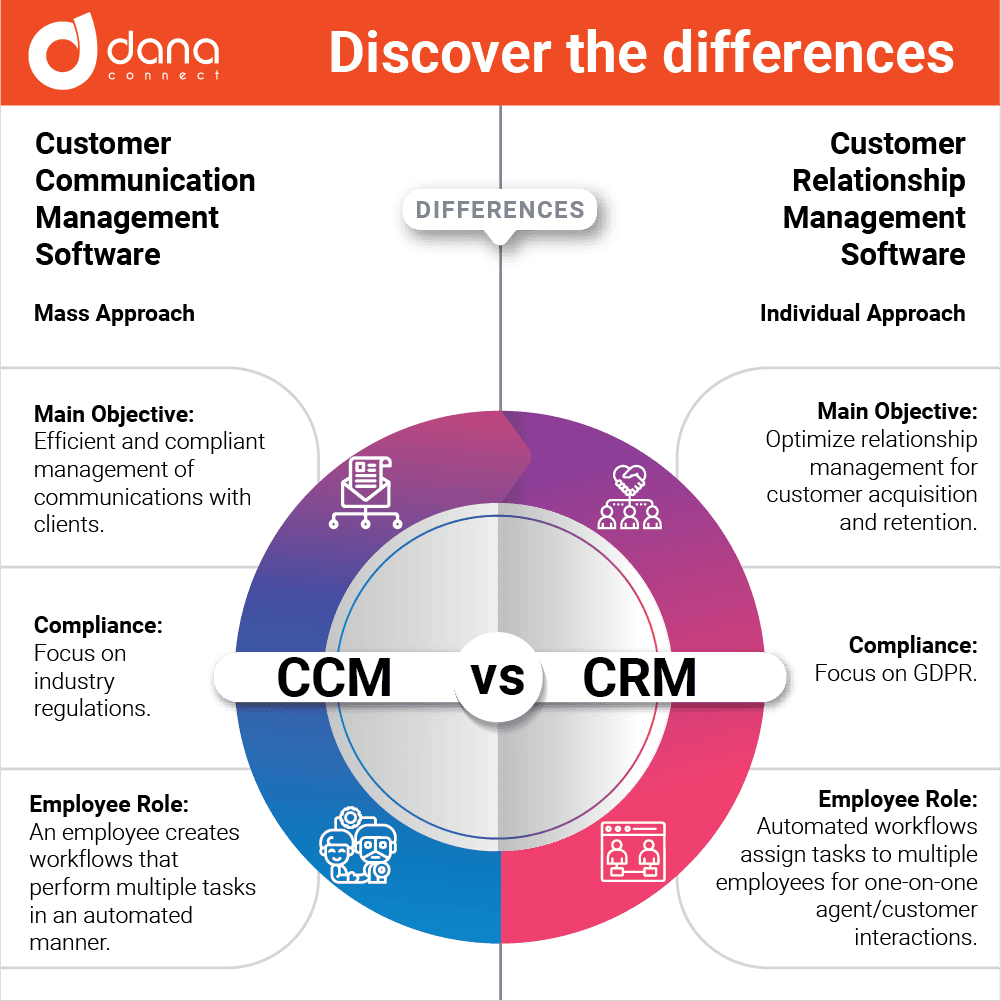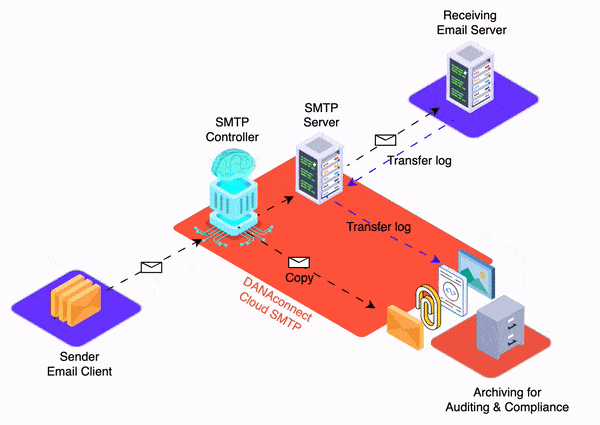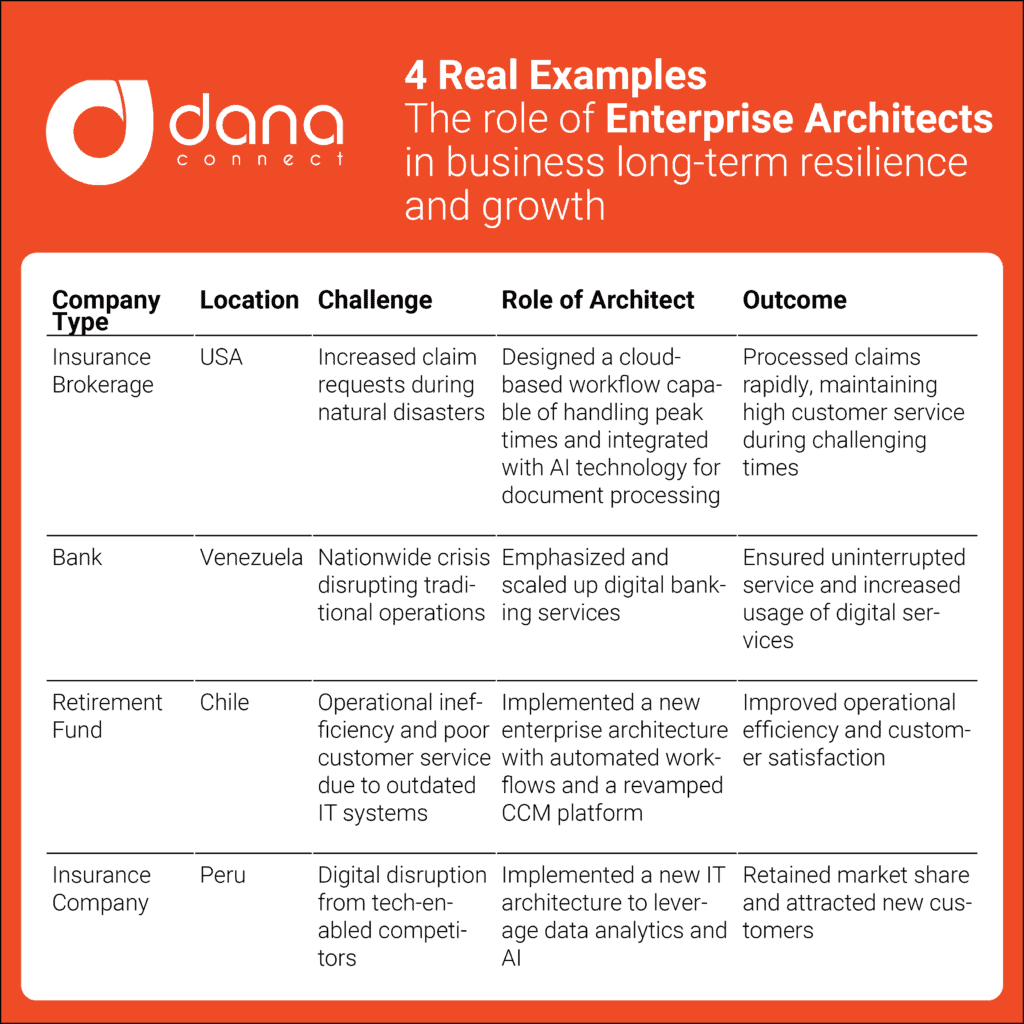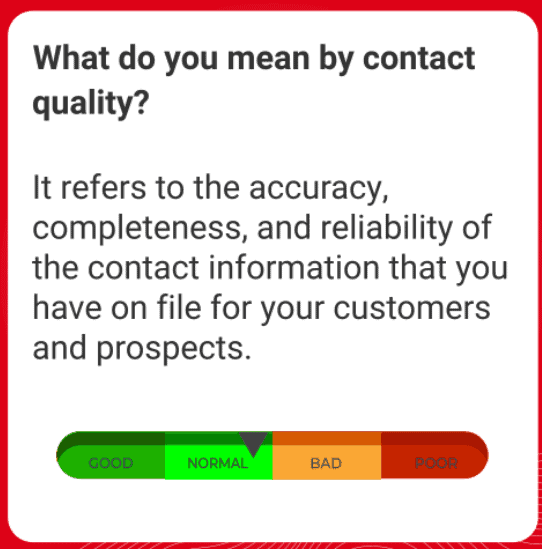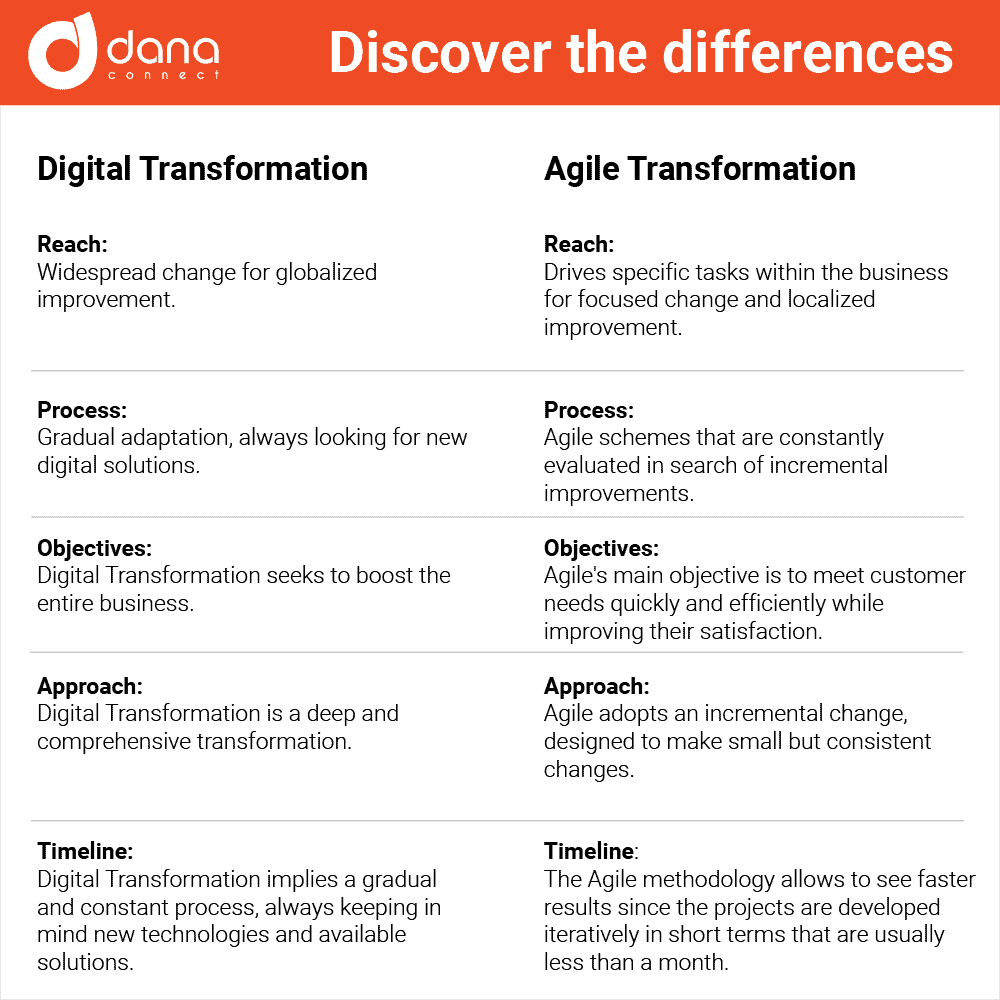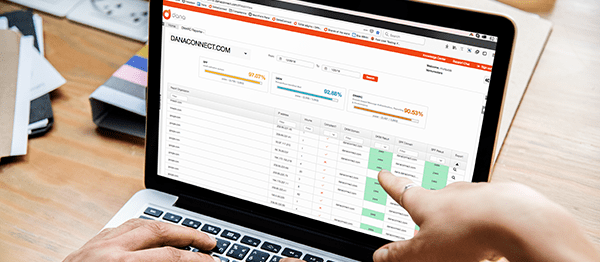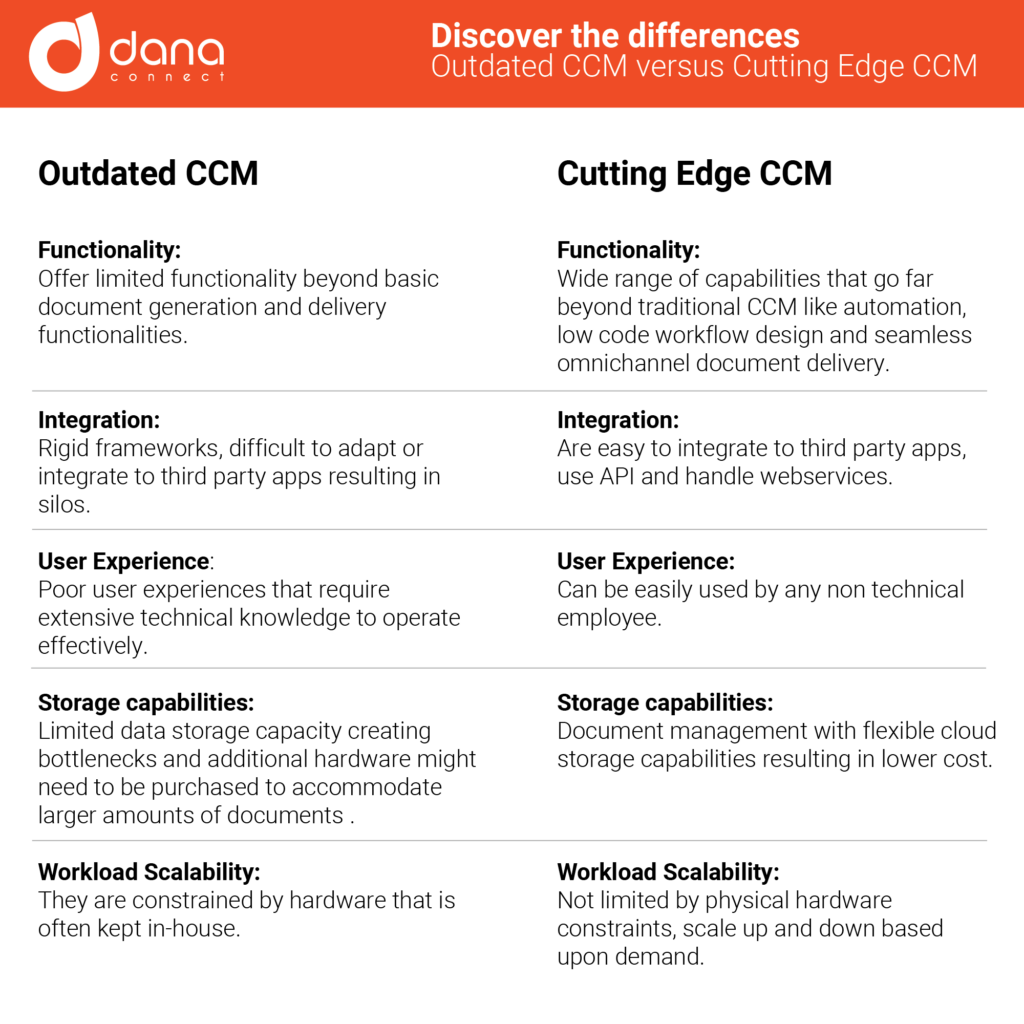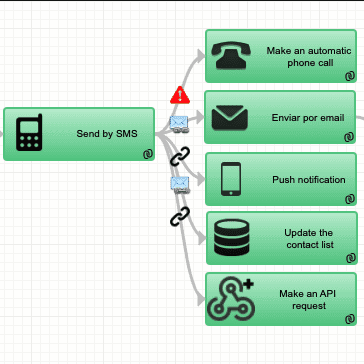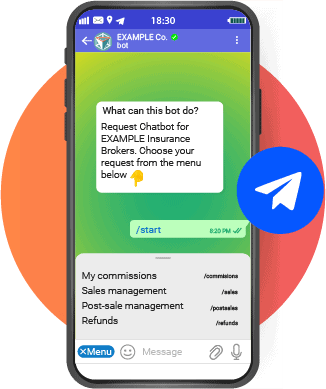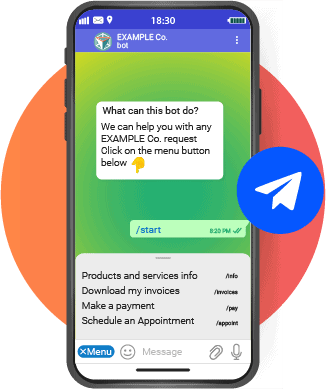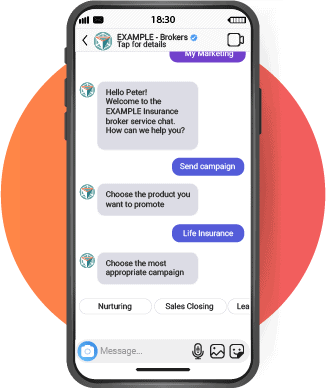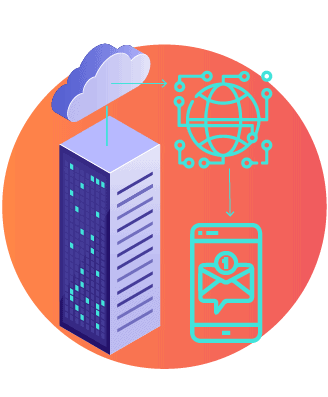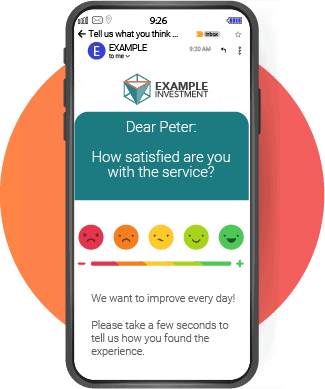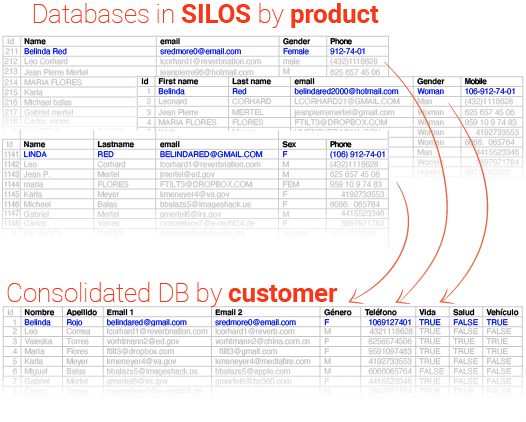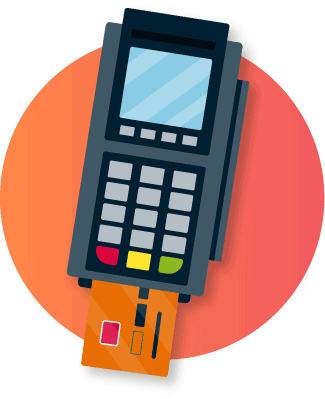When talking about automation, many people are confused about the difference between business process automation (BPA) and robotic process automation (RPA). Both of these concepts have ‘process‘ and ‘automation’ in their name, so what’s the difference?
In this blog post, we will take a closer look at RPA vs BPA and explain how these concepts differ.
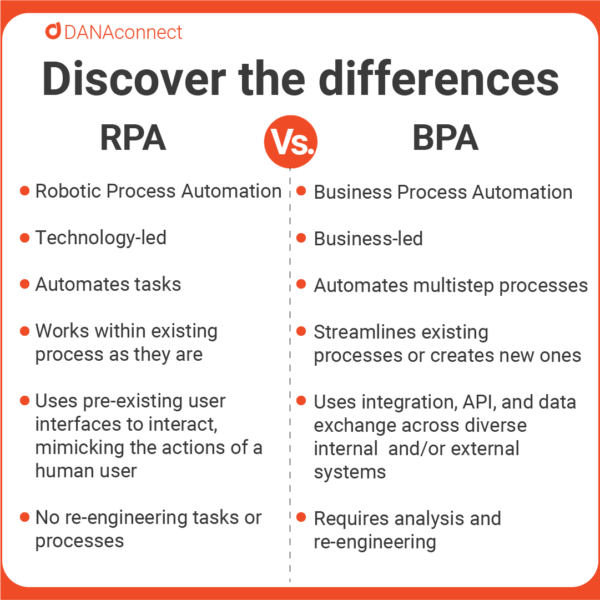
What is Business Process Automation?
Business process automation (BPA) refers to the use of software to automate one or more business processes. Most organizations use BPA to optimize their operating models, improve customer experience, increase employee productivity, and reduce costs. BPA can be implemented through software or a combination of software, infrastructure, and business rules. The best way to understand what BPA is is to look at its components and how they fit together.
What are the main components of Business Process Automation?
BPA is made up of three main components: process design, technology selection, and implementation.
- Business Process Design: The process design component is where business stakeholders work together to define a process and identify the critical success factors and potential risks that may exist.
- Technology Selection: The technology selection component is where the team responsible for implementing the automation solution decides which software tools best fit the organization’s requirements.
- Implementation: The implementation component is where the team responsible for implementing the automation solution determines how to integrate the automation solution within the organization’s systems and business environment.
What is Robotic Process Automation?
Robotic process automation (RPA) refers to the use of software to automate one or more business processes using software robotic agents to interact with and manipulate software. RPA software robotic agents are programmed to perform the same tasks that a human would do in a predefined user interface. They are designed to follow a predefined set of instructions and usually repeat these actions at scale. Robotic process automation is most commonly used in back-end operations and can be applied to a wide range of industries and business functions.
Business process automation vs robotic process automation
These two concepts both focus on automating business processes, but BPA is more focused on design and technology selection, whereas RPA has a stronger focus on the implementation.
BPA is primarily focused on the design and implementation of the automation solution to streamline a process, whereas RPA focuses on the task solution itself.
RPA focuses less on the design and more on the implementation. This means that RPA tools are often pre-built and plug-and-play. RPA can automate tasks through complex workflows without requiring extensive upfront planning or design. RPA tools can be programmed to execute the same tasks that humans would do mimicking how they would interact with a computer. This includes activities like sending emails, filling out forms, and updating databases through a visual interface (UI).
BPA is the process of designing and implementing an automation solution while RPA is the software that is being used.
BPA is primarily a business-led solution, which means that the business stakeholders are responsible for designing and implementing the automation solution. RPA, on the other hand, is often a technology-led solution.
Key Differences Between RPA and BPA
Robotic Process Automation |
Business Process Automation |
|
|
|
|
|
|
|
|
|
|
Why Is Business Process Automation Important?
Business process automation (BPA) is a core component of digital transformation. According to Gartner, organizations who successfully implement BPA are better able to adapt to changing customer demands, apply new technologies, and drive new business models. BPA improves employee productivity, customer experience, and organizational efficiency. It can also help organizations achieve their goals through better resource utilization, faster time-to-market, and lower operational costs.

